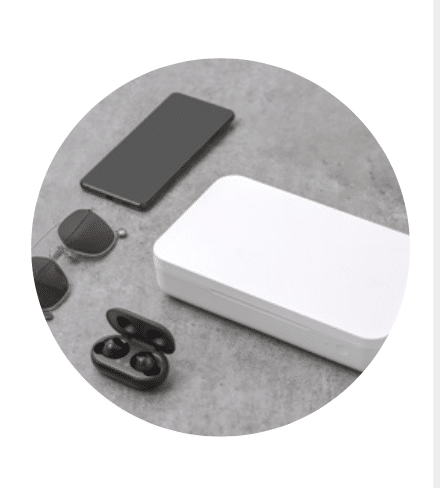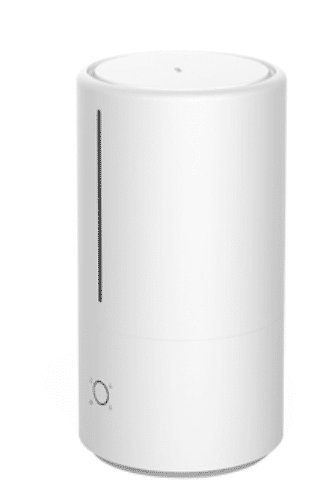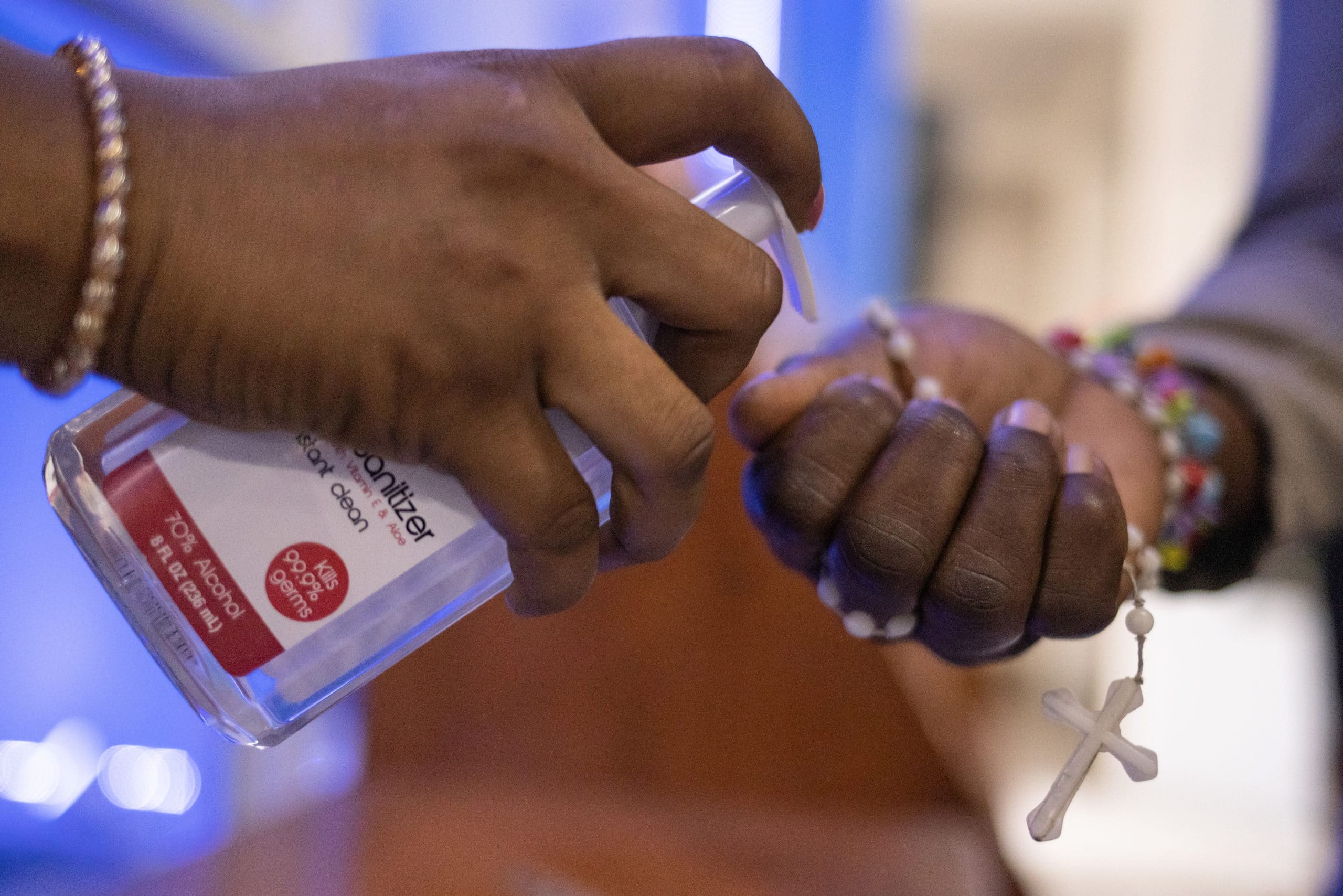The prevalence of ultraviolet light technology for today’s pandemic is quite interesting and along with some new-fangled robots and cleaning gadgets to stop superbugs, our obsession with sanitation continues – and these could even facilitate the return to work.
BY TIANA CLINE
ARE SUPERBUGS STILL GOING TO KILL us? While the fear of drug-resistant bacteria due to the overuse of antibiotics may have taken a back seat with everyone locked down and social distancing, the growing body of research around ultraviolet light technology pioneered by David Brenner is finally being turned on.
The idea that Ultraviolet Radiation (UV) light can kill microbes isn’t new, the real problem is that UV germicidal lighting is dangerous. Tanning beds, for example, have been proven to increase the risk of developing skin cancer and overexposure to UV, in general, has been reported to induce other serious health issues.
But Brenner, a radiation biophysics professor from Colombia University in the United States, has been working on a unique type of human tissue-safe light for the past six years called Far UVC that has the ability to kill airborne pathogens before we breathe them in. While his body of research was originally about creating a weapon to fight superbugs in the antibiotic era, its prevalence for today’s pandemic is quite interesting.
How does light work as a sanitation mechanism to kill bacteria?
“As wavelengths get shorter and shorter – that means it going away from the reds and towards the blues and ultraviolets, the energy of the photon goes up proportionally to the frequency, and the frequency goes up with these colors,” explains Andrew Forbes, a distinguished professor at the University of the Witwatersrand in Johannesburg.
“That means the UV photons have a lot more energy. Think of it as a flying particle: when it has a lot of energy, when it hits something, it is more likely to cause damage. It’s kind of like that with light –it’s more inclined to disrupt the thing that it hits just because of its
energy… UV light in general would kill lots of stuff,” says Forbes. If you go into a hospital in Africa today, it’s unlikely that you’ll
come across an army of ultraviolet disinfectant robots autonomously cleaning the halls and wards. In many medical centers around the world, they’re already there, but these robots use UVC light, a common way of nuking microorganisms but proven hazardous for living human cells (a reason why this kind of light is used to sanitize when people aren’t around, such as treating drinking water, or ‘scrubbing’ the air within an empty room).
“UVC measures 254 nanometers on the light scale. The problem with UVC is that you can’t use it in occupied spaces; it’s dangerous to use around people,” explains Conrad Kullmann, the managing director of Far UVC Africa, a company that designs and manufactures these sanitation devices in South Africa. “When UVC is used in hospitals and within operating theaters, there is a sensor to ensure that if anyone comes too close, it turns off immediately. It’s a necessary safety precaution,” he adds. “The problem that we have at the moment is that with the coronavirus – and really with any virus – it’s spread through the air which means you need something that can sanitize the air and surfaces in real-time and around people.”
At just 222 nanometers, Far UVC is a type of filtered light that doesn’t penetrate the skin or the eyes. It’s safe for both humans and crowded places, something proven in a 2020 study out of Kobe University, Japan.
“You’ve got to sanitize when people are there because people
are breathing out the coronavirus. UVC robots only offer temporary sanitation because the moment someone comes into a room and coughs or touches a surface, it’s contaminated again,” adds Kullmann.
In South Africa, Far UVC was recently certified by The Council for Scientific and Industrial Research (CSIR) and Kullmann and his team are currently piloting their different products throughout the country to create awareness and interest.
So far, FAR UVC Africa’s lights have been installed in a number of schools as well as the lung testing facility at the Mondi paper plant in Richards Bay. The company also has active distributors in Zimbabwe, Kenya, Botswana, Mozambique, the DRC and Egypt.
“Egypt is quite exciting because the military are looking into Far UVC,” adds Kullmann. Outside of the continent, Far UVC has been installed everywhere from military bases in America to buses in Germany. “In Australia, they’re looking to install our Far UVC lights into the quarantine hotels. Originally, they wanted to replace the air. We did a calculation and we’ve saved them around $3.2 million Australian in energy consumption,” says Kullmann. “Trinidad and Tobago are putting our units into their police stations and sanitation gateways – we’re even sending product to New Zealand. Now, it’s just a matter of getting the product adopted in Africa.”
According to Kullmann, Far UVC technology is something that could facilitate the return to work.
“Far UVC basically scrubs the air in real-time – it’s kind of like a big air washing machine. By law, you have to use an alcohol-based sanitizer but this is better for the environment,” he claims. “It’s really efficient from an electrical point of view, especially when it comes to power consumption. There’s no plastic – you just put it in and it works.”
SANITATION NATION
There is no shortage of sanitizing and antimicrobial gadgets you can buy online that go far beyond washing your hands. Here are a few:
LG TONE FREE UVNANO FN6 WIRELESS EARBUDS

Just about every technology brand has a set of in-ear headphones but most of them don’t come with a UVnano charging case.
The UVnano cradle of LG’s TONE Free wireless earbuds (which are also made from non-toxic, hypoallergenic silicone) is said to kill 99% of bacteria in 10 minutes while charging up. Earbuds are dirty – they accumulate earwax, dust and grime over time but aren’t easy to clean.
A build-up of bacteria can lead to infections like Swimmer’s Ear which is why using UVnano to stop bacteria at the source makes sense.
SAMSUNG UV STERILIZER WITH WIRELESS CHARGING

While there are many portable sterilizers available, not all of them offer the additional feature of Qi wireless charging.
Samsung’s UV Sterilizer is a compact white box designed to fit anything inside you need cleaned (or powered up).

Pop in your car keys, sunglasses, earbuds or smartwatch, close the lid and in 10 minutes, your devices will be sterilized with UV. It’s a multi-purpose device.
XIAOMI MI SMART ANTIBACTERIAL HUMIDIFIER
There’s a good chance you’re going to fill up your humidifier with water from the tap. But did you know that unfiltered water contains minerals that can create deposits inside a humidifier and promote bacterial growth?
This clever antibacterial humidifier sterilizes water inside its tank using UVC light before it’s atomized out. That means it not only maintains a healthy level of humidity in the air, it remains cleaner for longer and you don’t worry about any water that remains inside becoming contaminated.
